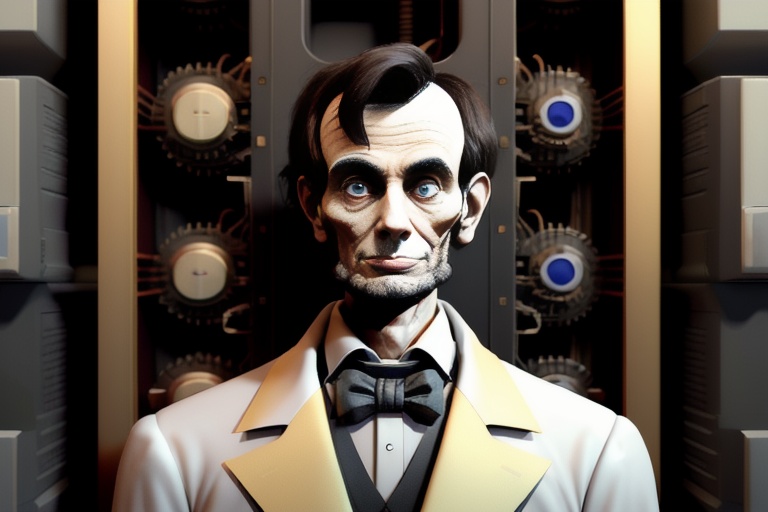Venturing into the captivating realm of coin collecting can be nothing short of an excavation of historical treasures. The thrill for both collectors and dealers lies in the discovery of rare finds and understanding the value that certain coins may hold. This article provides an insightful guide into the world of coin valuation and which specimens may have significant worth.
Venturing into the captivating realm of coin collecting can be nothing short of an excavation of historical treasures. The thrill for both collectors and dealers lies in the discovery of rare finds and understanding the value that certain coins may hold. This article provides an insightful guide into the world of coin valuation and which specimens may have significant worth.
The Intrigue of Coin Hoards and Valuable Finds
Over the past several decades, there have been numerous fascinating discoveries within personal coin hoards. Silver-laden coffee cans, bags of foreign coins, and entire collections stuffed into old boxes have surfaced from time to time. One standout example includes collections of Morgan and Peace dollars—relics of gambling glory from Las Vegas or Reno before 1970. These coins are not only relics of American history but also often quite valuable due to their silver content.
Understanding the Value of Your Coins
The Lincoln Cent: Wheat Backs and Key Dates
Lincoln cents, often called "wheat pennies" if minted before 1959, can be worth more than their face value. Those struck prior to 1940, for instance, can be worth a minimum of three cents apiece, with certain years presenting the possibility of higher value due to rarity or condition.
Nickel Nuances: Buffalo and Jefferson Varieties
For nickels, the iconic Buffalo nickel dominates its class. Even without a visible date, these coins might fetch at least ten cents, and those with strong dates can garner substantially more. Conversely, the more common Jefferson nickel, with a few distinct exceptions like the silver wartime issues between 1942 and 1945, holds value exclusively in select dates and mintmarks.
Dimes and the Allure of Silver
Dimes minted before 1965, which contain 90-percent silver, are dependent on the current silver market for their worth. A $20 spot price for silver equates these dimes to approximately 14 to 15 times face value. Amongst these, look out for Mercury dimes, especially those minted before 1934 which may hold additional numismatic value.
Quarters: Beyond Their Silver Content
Quarters, like dimes, minted before 1965 hold value largely due to their silver content, but some specific issues stand out. For example, Standing Liberty quarters usually carry a premium above their silver value—unless they are particularly well-worn—and certain rare Washington quarters produced in the 1930s can be highly valuable to collectors.
The Half Dollar Hunt: Searching for Silver and Scarcity
Half dollars minted in 1964 and before are sought after for their silver content. Those from the Franklin series may have values exceeding their metal worth, depending on the year and mintmark. Similarly, Kennedy half dollars dated between 1965-1969, being comprised of 40-percent silver, demand higher prices than their face value.
Dollar Coin Considerations
With regard to dollar coins, such as the Eisenhower, Susan B. Anthony, and Sacagawea dollars, these typically do not present much premium over face value. However, the historical importance or sheer volume of such coins in a collection could still intrigue certain collectors.
Paper Currency: Silver Certificates and Two-Dollar Bills
Silver certificates, once redeemable for silver bullion, and two-dollar bills, particularly those with red seals, might also find a place in a collection. Though their value largely hinges on condition and rarity rather than face value.
The Collector's Approach to Value
While assorted coins might catch a numismatist's eye, collectors should understand that true value often lies in silver content, rarity, and condition. Building an agenda for personal collecting or investment purposes should take these factors into account. Collectors with complete sets, proof coins, and items certified by reputable agencies will have different considerations for their holdings' long-term value.
Conclusion: The Thrill of the Numismatic Journey
To conclude, successfully navigating the nuanced world of coin collecting demands a blend of knowledge, patience, and a keen eye for detail. While not every coin unearthed from the depths of drawers or bank boxes will yield financial rewards, the excitement lies in the potential of what could be found. For both newcomers and seasoned veterans, the passion for this time-honored hobby endures, propelled by the allure of unearthing the next hidden gem within the rich tapestry of numismatics.
Information for this article was gathered from the following source.

